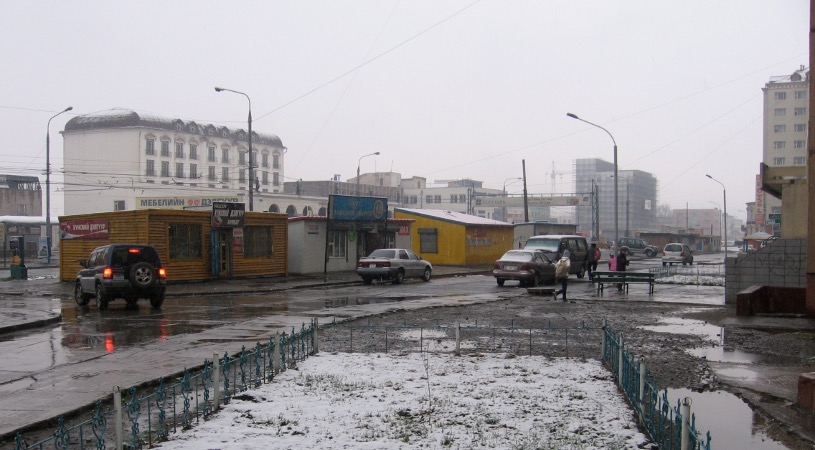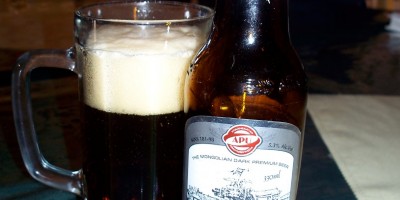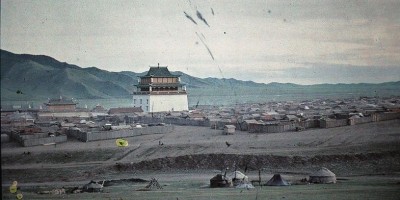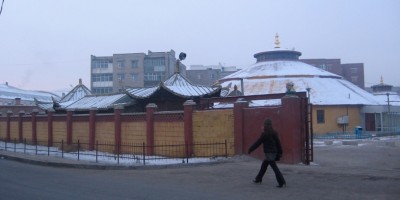In January I examined whether winter temperatures to that point were above or below average (see here). I compared this winter’s temperatures to the historical averages, as well as the first winter I spent in Mongolia in 2002-03.1
The verdict at that time was this winter was above average and hardly representative of what one might call “Ulaanbaatar cold.” Enduring that kind of cold allows one to claim a level of badassery usually reserved for mountain men or Arctic explorers. It’s a pride thing, so knowing where a winter fits into the historical record is extremely important. Now that winter is finally over, I have gone back to the data to see if this winter was able to turn things around in the miserably cold department.

The graph above shows the maximum and minimum daily temperatures this winter along with the historical averages for each day. It appears that about mid-winter (or a few days after the original blog post), temperatures began to drop consistently below average. In fact, from early mid-January until mid-March, Ulaanbaatar appears to have experienced a cold snap with only a few days above average.
The significant variance in temperatures from day-to-day makes it difficult using the above graph alone to determine if this winter was able to claim a “Ulaanbaatar cold” designation with its late surge. Comparing this winter to the below average winter of 2002-2003, we can see that it remained not nearly as cold as that year.
| Table 1. Summary Statistics over 150 Days (November 1 – March 30) | ||
|---|---|---|
| Measure | 2002-03 | 2013-14 |
| Maximum Temperature | 10C | 12C |
| Minimum Temperature | -41 | -38 |
| Days above Average Maximum Temperature | 30 | 84 |
| Days below Average Minimum Temperature | 129 | 89 |
| Days at or below -40C | 5 | 0 |
| Days at or below -38C | 13 | 1 |
| Days at or below -30C | 53 | 45 |
It is amazing that it never reached -40C this winter, reaching only a minimum of -38C. This alone should eliminate any possibility of calling this winter “Ulaanbaatar cold.” It’s simply a pathetic result for the “Coldest Capital in the World” (see here).
But, maybe a lack of intensity can be made up with some chilly consistency. The graphs below show the moving averages for the maximum and minimum temperatures this year and 2002-03 as compared to the historical average. A moving average, of course, is the average to date, so the graphs show the overall average winter temperature as of each day. Here it is clearer that the latter half of this winter was consistently cold. The maximum temperature converged on the historical average, and the minimum went well below it.


In spite of the chilling trends evident in the data in February and March, I still have to declare this winter a dud in terms of measures of badassery. Winter-schminter. Hardly Ulaanbaatar cold, I say. It just was not that cold. Even with the later surge, it was still only moderately cold in comparison to the historical average. This means that those who were hoping to experience a true Ulaanbaatar winter this year, you’re going to have to stick around and hope for better luck next year.
Footnotes
1. Raw temperature and historical data from Weather Underground: http://www.wunderground.com.



